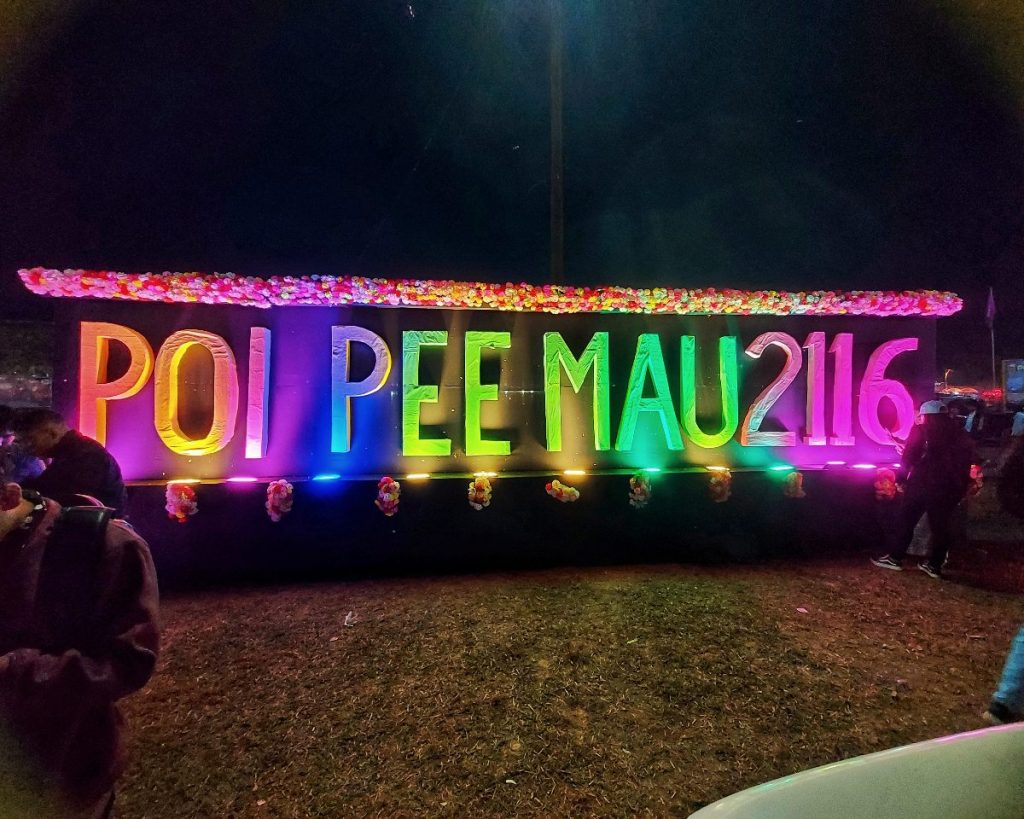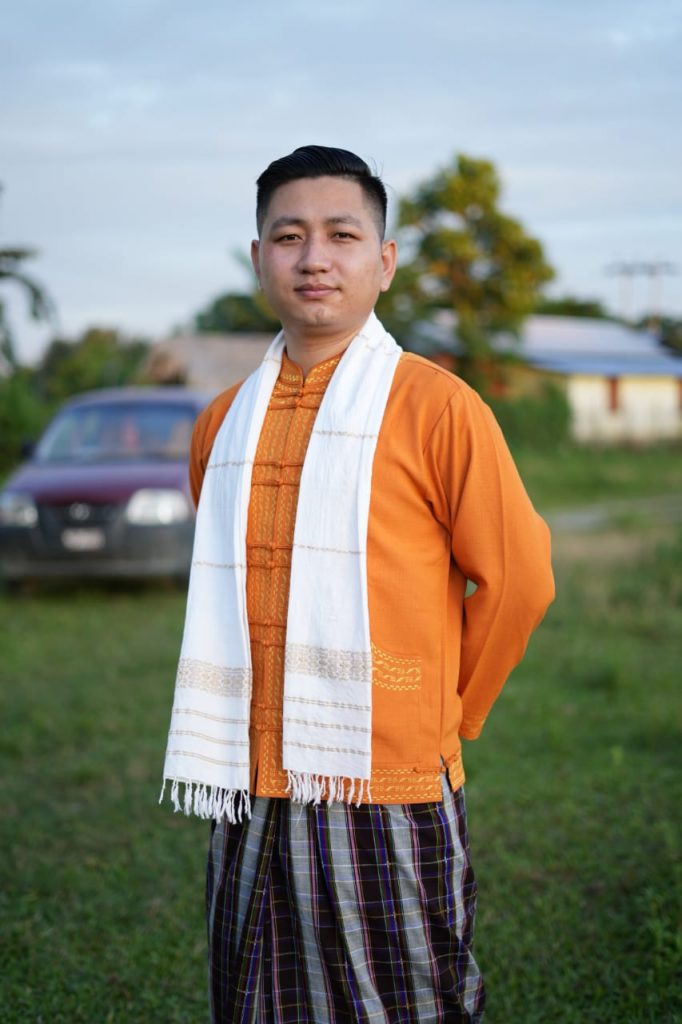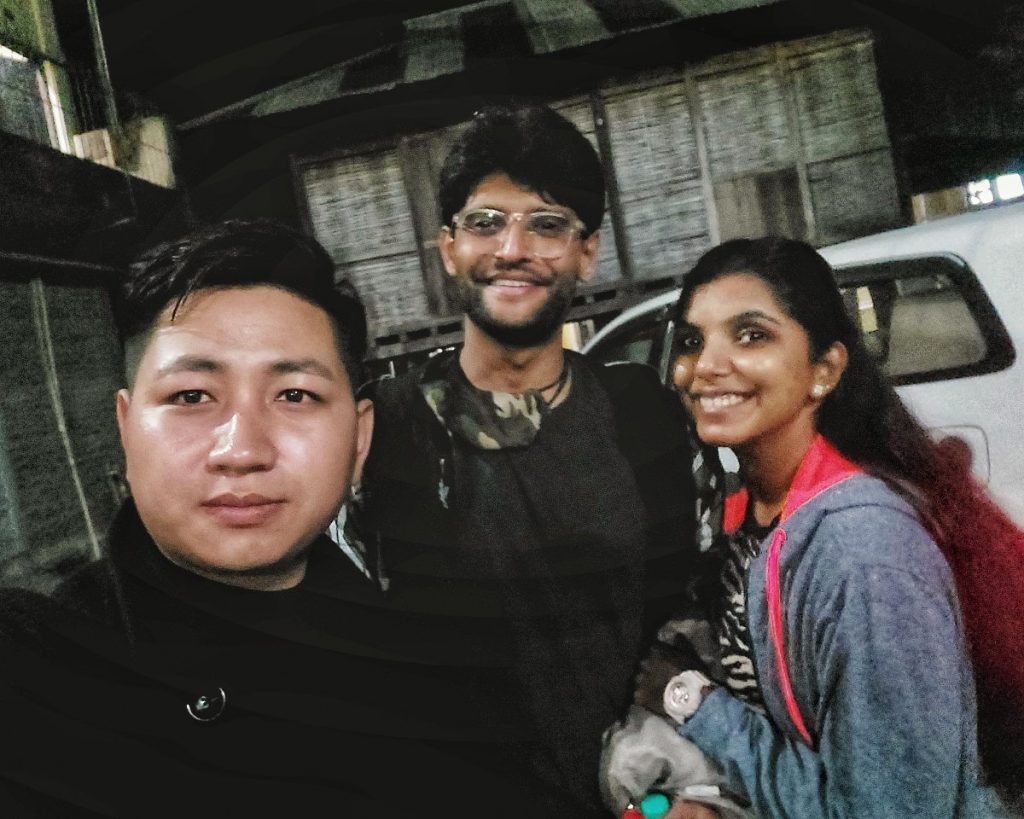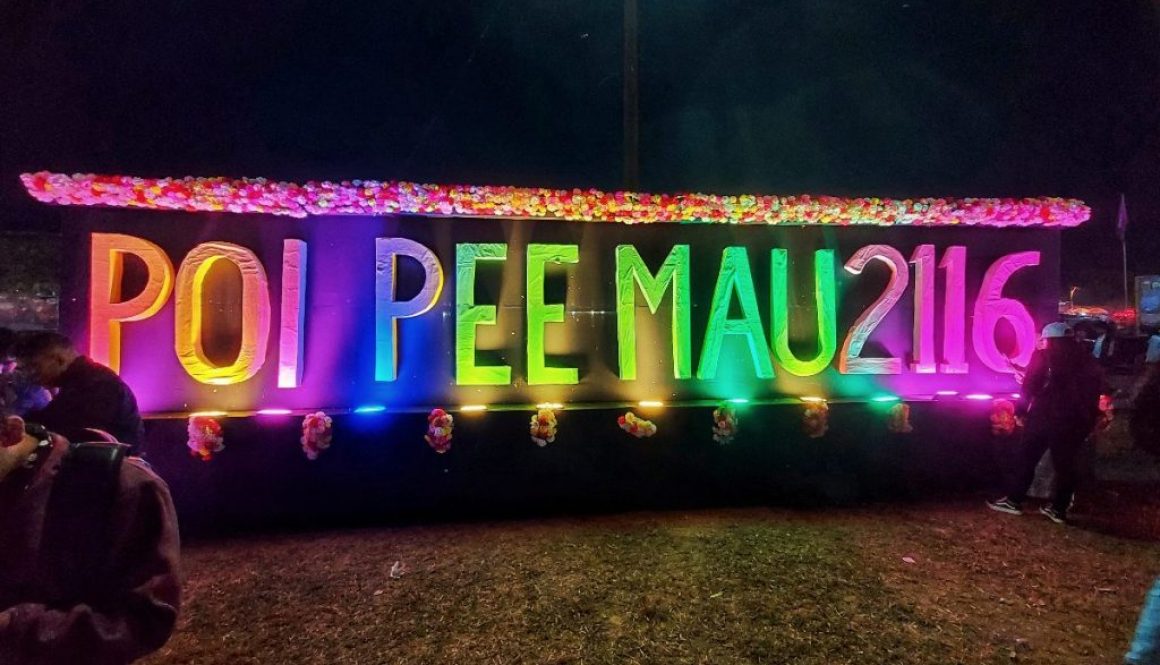A cultural stop-by at Namsai
While planning for our North East trip, we got the contact of one of the locals from Namsai, Arunachal Pradesh through our neighbour. His name was Youngwa Chaupoo. He helped us how we can plan our trip to Dong Valley, and also familiarized us with the situations in Arunachal Pradesh in terms of safety measures.
Please check our blog for things you should take care of before travelling to Arunachal Pradesh.
While talking to Youngwa regarding our travel plan, he insisted us to have one day stay at Namsai. There were two reasons behind his invitation. One, Namsai was on our way to Dong Valley. And Second, the best one, is to witness the Tai New Year Festival. Tai-Khamti tribe is a resident of the Namsai district who has been said to migrate from Burma. Every year people of the Tai-Khamti tribe celebrate their new year festival called Poi Pee Mau Tai. We got lucky to be a part of this festival.
Namsai – Tai Khamti people:
The word Khamti first appeared as Khanti in Pagan inscriptions in the 11th century. It means a land full of gold (Kham = gold; Ti = place) as the kingdom of Mao-lung or Mao-pung was remarkably rich in minerals, and especially gold was abundant in that region. As the place was known as Khamti, later the people who inhabited that region also came to be known as Khamti. The word Khamti is a royal title of the subordinate rulers given by the sovereign of Mung-Kang. The Tai Khamti in India is found in Arunachal Pradesh and Assam. They are greatly deep-rooted in their socio-cultural activities and are largely guided by their religious virtues. They are strong believers of Theravada Buddhism and their vibrant traditions affiliated with the greater Tai community have embarked on a distinctive journey in upholding their faith and shaping their identity. The people are generally peace-loving but their valour as warriors is instilled in their souls.

Not at all surprised to see this tribe’s culture is older than the Hindu Calendar year. It was the 2116th year of Poi Pee Mau Tai in December 2021. And the theme for that year was ‘Drug Free Tai Race‘. It was a three-day festival. Various cultural activities like the Ethnic Food Festival, Cultural Shows, Mr. & Miss. Tai, Traditional Sports, Musical Night, Tai Idol, Literary Events, and Fashion Shows are conducted during these three days.

We were a part of the 1st Day of the festival. Most of the Tai-Khamti people came in their traditional handmade attire. Men in a full-sleeved cotton shirt called ‘Suea Pachai‘, a Lower garment similar to Burmese patso (Lungi) called ‘Pha-Noi‘. Women’s dress consists of a long sleeve shirt called ‘Siu Pasao‘, a deep-coloured long sarong ‘Sinh‘ made from cotton or silk, and a coloured silk scarf ‘Phamai‘. Married women wear in plain black long wrap-around sarong ‘Sinh‘ and above that a shorter green wrap-around cloth ‘Langwat‘.

During the day, activities like Bamboo Stilt Race, Tug of war, and many more sports were being played. Both men and women participated in these games. In the evening we watched Tai-Khamti people performing their traditional dance on stage called ‘Ka Tai‘. The chic factor of this village was seen when the most exciting part of the event was a Fashion show of married ladies. It was so groundbreaking to see women being supported by their husbands and children during their walk on the stage.
Another major attraction of this festival was its ‘Tai-Khamti food festival‘. Many food stalls were set up serving traditional Tai-Khamti food. We tried Khaulam, which is prepared by steaming rice inside bamboo tubes sealed with Ko Pat leaves. Rice gets soaked in water overnight first. Spices and herbs like ginger, chilli, garlic, and white basil get added to the rice to give it a unique flavour and taste. On the next day, the bamboo tube gets cooked slowly on an open fire.

Day 2 – A famous band from Nagaland named BrahMos was going to perform at the festival. And, on day three, there was a special performance from Gajendra Verma. We so much wanted to be there to attend the festival for the next 2 days as well, but that was not possible as we had to leave for our next destination i.e. Dong Valley to witness the first sunrise of India.
Another exciting festival is called Sangken which is the Water and Spring festival celebrated in the month of April every year. This is one of the most cheerful and significant festivals in Theravada Buddhist culture. Where the statue of Lord Buddha gets re-installed at the main Buddha Vihara. In India, the festival is widely celebrated in the Namsai district of Arunachal Pradesh.

It was a good start to our trip where we got a chance to learn about one of the oldest tribes in Arunachal Pradesh. We were astonished to witness the tradition of the Tai-Khamti people. It was an outstanding experience witnessing the first day of the Poi Pee Mau Tai 2116th festival. Thanks to Youngwa who invited us to Namsai to be a part of this beautiful festival.

